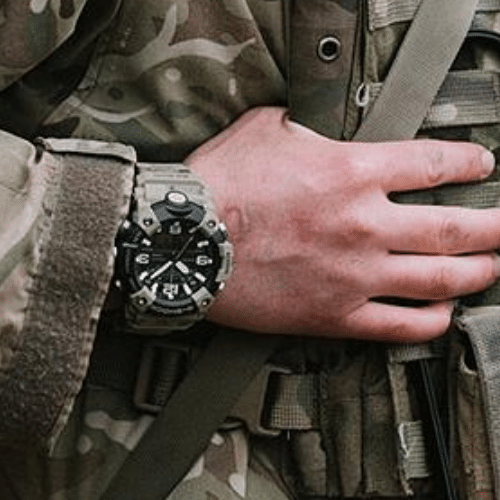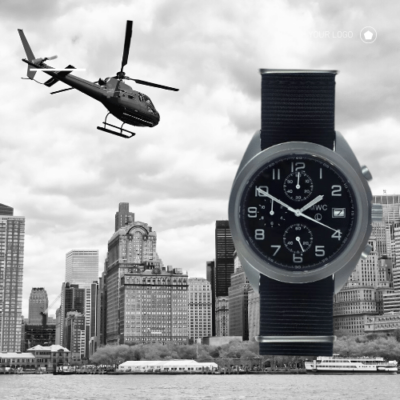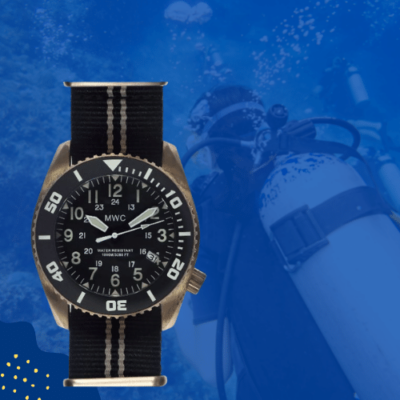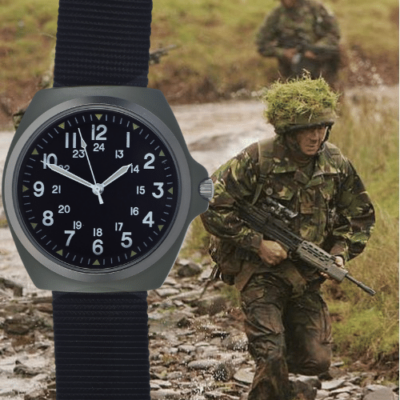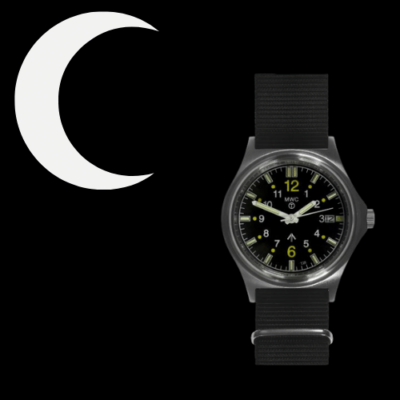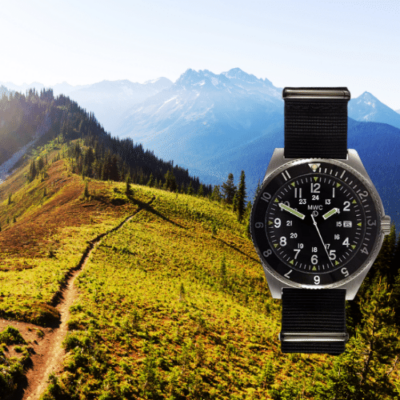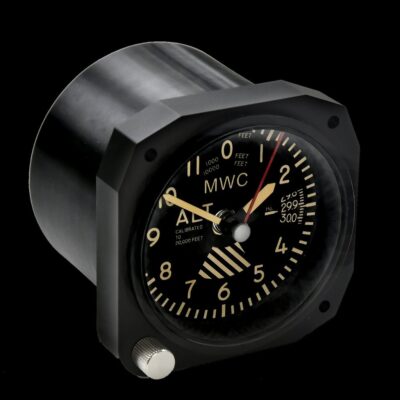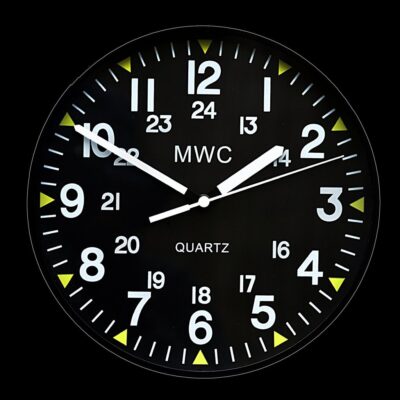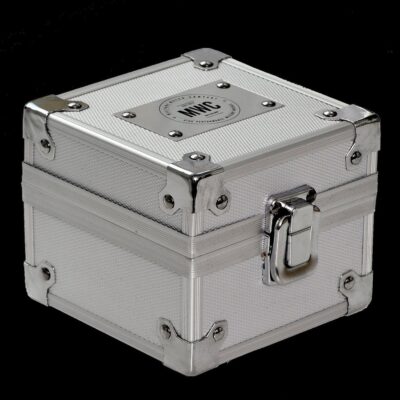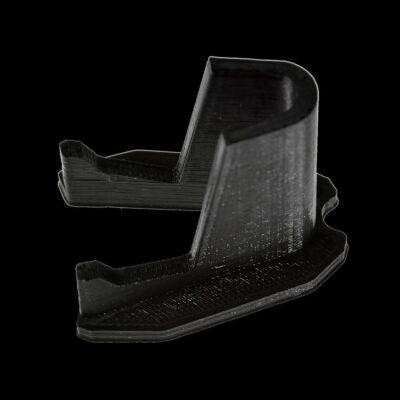News
Rostec CEO Highlights Performance Advantages of New Russian Tanks
CEO of the Russian state defence conglomerate Rostec, Sergey Chemezov, has elaborated on the capability advantages of Russian main battle tanks, claiming that the country’s industry is continuing to set trends in the global tank development. “If we talk, for example, about our tanks manufactured by Uralvagonzavod, they have received additional all round protection from drones and anti-tank missiles based on the experience of the special military operation. They’re only planning to do it with the Abrams – they’ve copied it from us. Earlier, the Israelis adopted this from us. In other words, we can say that we are leading trends in the global tank industry,” he stated. Although the Soviet Union was seen to lead the world by over a decade in the sophistication of its tank designs throughout the Cold War, the rate of progress in Russian industry slowed considerably after the USSR’s disintegration in 1992, resulting in a significant decline in the standing of its armour particularly compared to competition in China and the Koreas.

Elaborating on one of the most signifiant advantages Russian tanks have maintained over their Western counterparts, Chemezov observed: “Our armoured vehicles can often be repaired almost in the field. There are cases when the T-90M Proryv repeatedly returned to service after serious hits, each time managing to return to combat condition. That is, from the point of view of maintainability, modern domestic tanks continue the traditions of the legendary T-34. That’s not going to work with Abrams, as it will require factory specialists. If at all it is possible to retrieve the damaged colossus from the battlefield with its mass.” Multiple foreign operators have commented on the much greater maintainability of Russian tanks, in part due to their much lighter weights at around 45-50 tons, compared to Western tanks which typically weigh 70-80 tons. This weight difference ensures that Russian tanks have higher power/weight ratios, making them more mobile, and allowing them to use civilian infrastructure such as bridges in ways Western tanks cannot.
The Soviet Union was able to operationalise tank designs with comparable or higher levels of armour protection, higher calibre guns and greater mobility, while maintaining much higher weights, largely by leading the world in pioneering new technologies including composite armour and automatic loaders. A growing consensus has emerged in the Western world regarding the inadequacy of conventional Western tank designs for modern warfare, with the United States as a result seeking to develop its most revolutionary new tank in close to half a century under the M1E3 program, which adopts many common design features to China’s new Type 100 unveiled in September 2025. While the Soviet Union was previously expected to continue to lead the world in pioneering new generations of tank capabilities with the T-95 program, which following significant delays was developed into the T-14 in Russia, the lack of significant progress in development has allowed China to take the lead with the Type 100. Russia remains at risk of falling far behind not only China, but in future also South Korea and the United States, should its industry not significantly increase its rate of progress.

